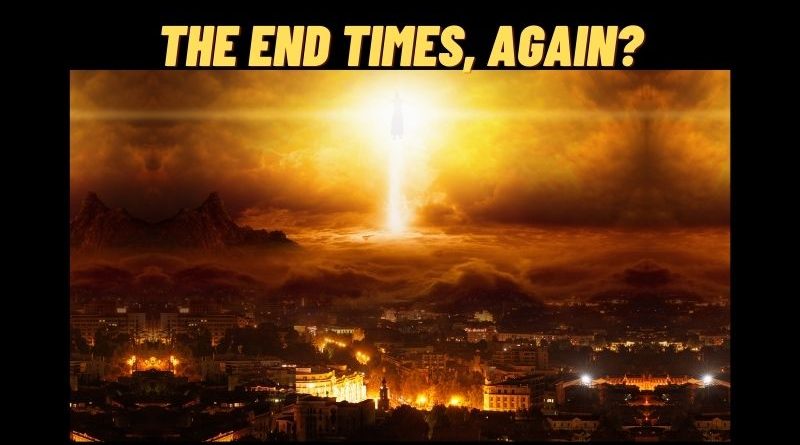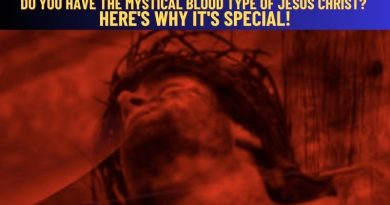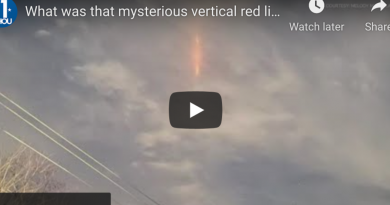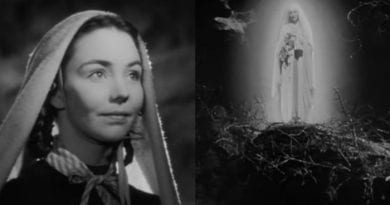The End Times, Again?
The End Times, Again?
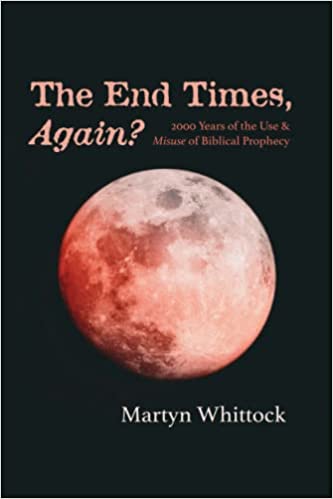
Over two millennia there have been radically different views concerning how prophetic scriptures should be interpreted; how the themes and images used in the Old and New Testaments should be read and related to each other; and how scriptural passages should be related to ongoing claims of prophetic insight such as those associated with the Catholic theologian Joachim of Fiore and, in modern times, Medjugorje.
Whatever one’s personal views on these issues, it is safe to say that the dynamic, complex and challenging nature of this topic has shaped a great deal of Christian thought over the last two millennia and continues to influence the outlook and decision-making of tens of millions.
As well as being a unifying theme, it has also divided believers in very striking ways and has been a core feature of both mainstream communities and the wildest heresies. It is, in short, both extremely important and, also, extremely challenging.
In addition, there is what one might call a ‘creative tension’ between this expectation and the statements that nobody knows the time of this return (Matthew 24:36, Acts 1:7). As a result, Christians look forward to an event which causes them to scrutinise features of their own times, while also accepting that only God knows when the event will occur.
It was fascination with the history of this subject that caused me to write a book exploring the history of end-times beliefs. It is titled: The End Times, Again? 2000 Years of the Use and Misuse of Biblical Prophecy. It tells the ‘story’ of the past two millennia of end-times thought and identifies ways that this belief is impacting on the modern world.
A quick guide to end-times thinking
As a broad view, the trajectory of mainstream end-times thinking is clear. A futuristic reading of prophecy was accepted by most Christians for the first four centuries of the Christian era. Then, from the fifth century onwards, a more symbolic and allegorical reading became widespread within the church, which lasted until the Reformation (and continues to influence much Catholic and Orthodox thought).
However, in the sixteenth-century many Protestants returned to a literal and futuristic view of prophecy. With highly specific readings of certain scriptural passages, this remains the dominant way of understanding end-times prophecies within Protestant evangelical communities.
It is hugely influential in the USA and in evangelical communities influenced by US ideas. The nineteenth century added the belief in the ‘secret rapture’ to this, by which (it is claimed) the ‘true church’ will be supernaturally removed from the earth either before, or midway through, a time of great tribulation – before Christ returns and establishes a thousand-year reign on earth prior to the last judgement and creation of the new heaven and new earth. The belief has often accompanied deep distrust of the Catholic Church. This is an example of how a unifying belief can also be a divisive theme in practice.
Mainstream Catholicism (as expressed in official statements) can be contrasted with this, since it allows for a much broader range of ways by which prophetic scriptures can be legitimately read. This includes those who see in scripture (such as the Book of Revelation) predictions of future literal events. Consequently, a very wide range of views can be found among Catholics generally, which compares to the same wide range across the overall Protestant spectrum – and contrasts with the highly-unified set of beliefs held by most (US-influenced) evangelicals.
Reading the ‘signs of the times’?
Given that both Catholics and evangelicals broadly believe (despite their differences) in a second coming, a time of suffering (tribulation) before this, the actions of Antichrist, a conversion of Israel to Christ, and the final judgment of all people, it is understandable that signs of the approach of these events should be looked for in contemporary society despite differences between Christian communities.
This is particularly so in times of turbulence and stress. The Covid-19 pandemic has caused many to consider whether this should be interpreted as a sign of the approaching end times. Comparison with prophetic plagues and social turbulence makes this reflection understandable as people seek to find meaning in a time of distress and great uncertainty.
The prospect of a nuclear Iran – with its associated threat to Israel and the middle eastern status quo – causes similar reflections. The increased turbulence in the Middle East since the ‘Arab Spring,’ of 2011, has added to this.
Now, in 2022, as we see the threat of war between Russia and Ukraine, some Russian Orthodox believers assert that Moscow is a ‘Third Rome’ engaged in an end-times struggle with decadent Westernism. Back in 2014, as Russian-backed fighters sought to establish a separate political identity in the eastern Ukrainian region of the Donbas, one Russian Orthodox priest claimed that Ukrainian forces and those supporting them in the West were seeking “The establishment of planetary Satanic rule” and “are intentionally hastening the reign of Antichrist.” Here we see end-times beliefs deployed by Russian nationalists in a dramatic form.
Organisations and technologies with transnational scope, influence and power can cause some to feel anxious that these could be tools at the disposal of Antichrist. This can affect how some believers view vaccination programmes, international financial arrangements, credit cards and the online world. Interpretations of the ‘mark of the beast’ and the possible meaning of ‘666’ are often applied to these.
It should be noted that previous generations did the same, with very different outcomes in terms of identifications made. It should also be noted that close reading of the New Testament regarding ‘Antichrist’ (as opposed to the composite figure who is often assembled from, arguably, disparate verses) reveals that this can legitimately be read in the plural and as an anti-Christian force already at work in the world, rather than as one end-time character. This also should give pause for thought.
What is clear is that the ‘end times’ can often feel like ‘now times.’
A note of caution
However, while I believe in the return of Christ, I would urge caution. This is because the history of the church contains many confident assertions and interpretations that proved to be incorrect. What is currently being said about Covid-19 was earlier said about the fourteenth-century Black Death. Identifications of modern figures as Antichrist can be compared with accusations levelled at past popes, emperors, Napoleon, even Gorbachev.
Some end-time attitudes can foster passivity and fatalism in the face of global challenges (most notably climate change). In contrast, I would argue that we should engage with the challenges of today, even while accepting that Jesus may return tomorrow.
In many areas, end-times beliefs are being co-opted by nationalism and right-wing groups, whose agendas are far-distant from gospel principles of love and justice.
Unquestioning attitudes towards the policies of some Israeli administrations conflict with the outspokenness of Old Testament prophets when they faced injustice or other areas of concern.
In short: be prepared, be alert, but put your energy into building the Kingdom of God. Then, whenever Jesus returns, we will be found ready.
Biography
Martyn Whittock is a Christian historian, commentator, and columnist with a focus on the impact of faith on culture and politics. He has a particular interest in events in the USA and in Russia (having written books on the history and politics of both nations). He is the author of fifty-four books and has appeared on Sky News discussing the politics of the USA, as well as on a number of Christian online news platforms. His recent book is: The End Times, Again? It is published by Cascade Books, an imprint of Wipf and Stock, Eugene, Oregon USA.
Buy on Amazon

